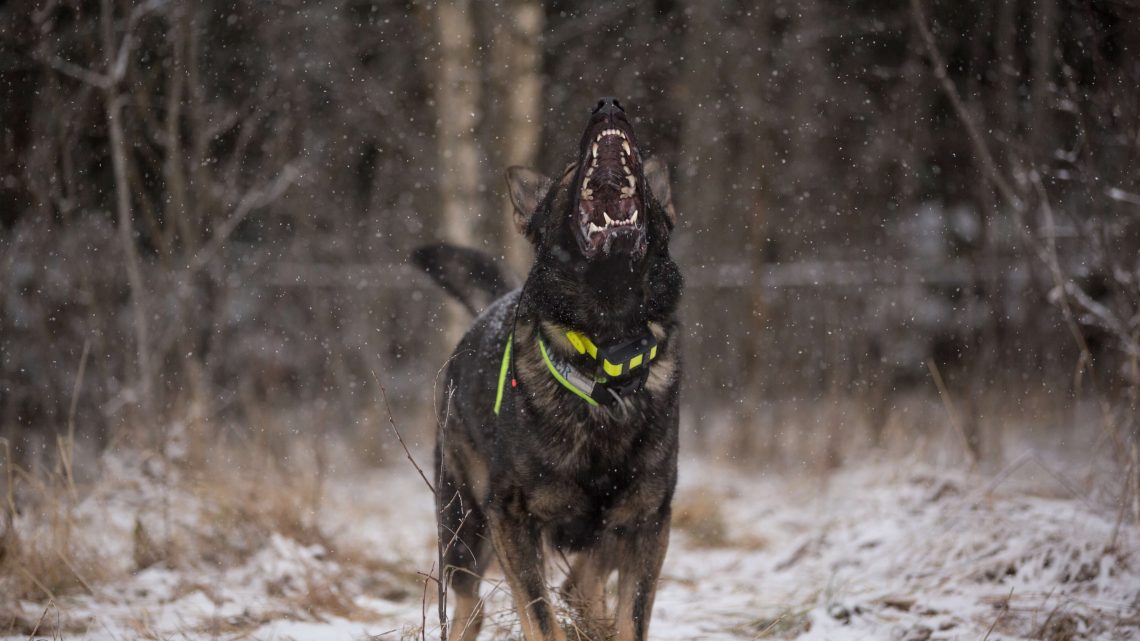Across generations, dogs have taken on increasingly important roles in many United States households. From faithful companions and loveable family pets to life-saving service animals, dogs can benefit their adoptive families in countless ways. However, it’s important to remember that dogs can cause harm if they are provoked or scared.
While a well-trained and monitored dog is less likely to bite one of their owners or another innocent victim, there is always the potential for an incident. We looked at recent research on dog bites in the United States, including a study put together by Rodriguez & Associates, to see who is most at risk of being bitten.
Why Are Dog Bites a Cause for Concern?
A dog’s bite can cause fatal injuries, particularly to a young, small, or elderly victim. While such incidents are fortunately rare, it’s important to understand how a bite wound can potentially be dangerous. Victims of an attack may experience:
- Life-Threatening Physical Injuries: A bite can cause life-threatening bleeding if not treated quickly. The size of the aggressive canine, the victim’s stature, and the location of the bite wound(s) all factor into whether or not the victim’s life is in immediate danger. The British Medicine Journal reports that shorter victims, such as children, are at particular risk for being bitten around the cheeks, nose, or lips. The child may even be bitten on the neck, which can cause severe bleeding if the carotid artery is severed. Even if the bite victim’s injuries are not severe, they may be left with permanent scarring and the need for long-term medical care.
- Infections: If a dog’s teeth pierce their victim’s skin, bacteria from the canine’s mouth can enter the body and cause an infection. If you or a loved one are bitten, it’s essential to see a doctor or visit an emergency room as soon as possible. Even a seemingly minor wound can lead to a deadly infection, ranging from sepsis to rabies.
Who is Most Likely to Be Bitten by a Dog?
A research study put together by Psychology Today indicates that children are at the highest risk of bite attacks. One of the reasons that children are attacked at a higher rate than adults, Psychology Today postulates, is that they are unable to recognize a canine’s expressions, body language, and behavior.
A dog is most likely to attack when it is feeling stressed, frustrated, or afraid. A dog that is in pain or discomfort may also be more prone to acts of aggression. In a study of Czech children, the participants were able to correctly identify a dog’s emotion only 17% of the time. Only 7% of the children were able to detect warning signs of an impending attack and 8% identified threatening behavior. One in three children identified fearfulness in a dog correctly.
The study also determined that children frequently think that their family dog obeys them better than their older family members. Over one-third of the participants stated that they believed their family dog was most likely to heed their commands than that of their parents. Over 60% of the children admitted that they often walk a family dog without adult supervision.
The culmination of all of these factors is a perfect storm that makes children incredibly vulnerable to attack. An unsupervised, overconfident child that is unable to recognize the warning signs of an aggressive dog is far more likely to be bitten than a supervised child or adult.
What to Do if You’re Bitten
If you or a loved one are bitten, it’s important to clean the wound and seek medical care immediately. If you suffer a minor bite wound, you can:
- Wash the bite and surrounding skin with warm water and soap.
- Run the injury under lukewarm water to flush out harmful bacteria.
- Visit a doctor as soon as you can to receive a thorough evaluation.
For a deeper wound, you can:
- Stop the bleeding by applying pressure to the wound with a sterile, dry cloth.
- Seek medical care immediately. If the victim feels faint or the bleeding cannot be controlled, call 911 or the appropriate local emergency services number.





No Comment